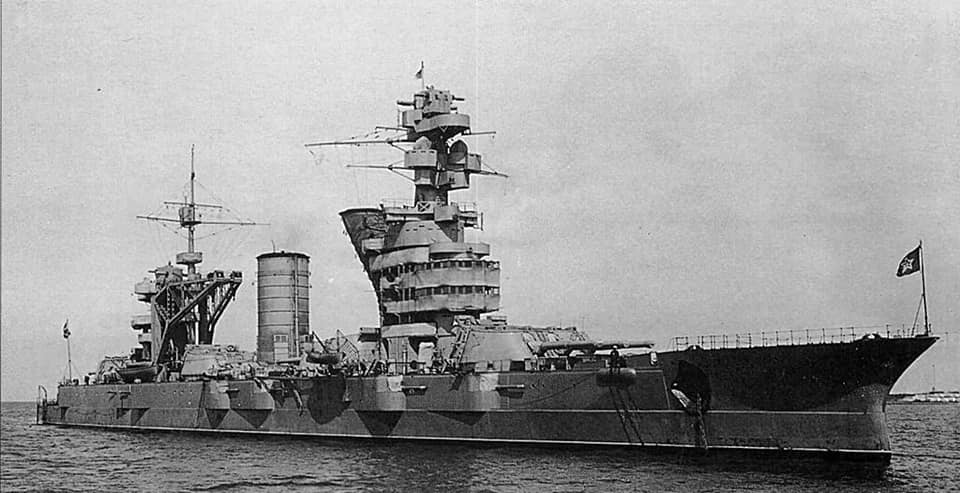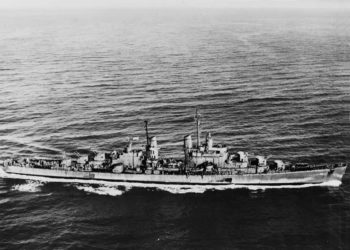Imperial Russian Navy Battleship Gangut/ Soviet Battleship Oktyabrskaya Revolutsiya


Yes, they are the same vessel.
The Origin and Specifications of Gangut
Originally launched in 1911, the “Gangut” was the lead ship of the four-vessel strong Gangut-class Dreadnoughts for the then Imperial Russian Navy. Built by the Admiralty Works in Saint Petersburg, it was one of the first “Locally” designed and built dreadnoughts, as previous ships borrowed heavily from French Naval Designs, and some of the previous Russian battleships were actually built in France.
The Gangut had a length of 180 meters and a displacement of 24,800 tonnes. Main armament consisted of 12 x 52-caliber Obukhovskii 12-inch (305 mm) Pattern 1907 guns mounted in four triple turrets, with a secondary armament of 16 × single 4.7 inch guns, a single 3 inch AA gun and 4 × 17.7 inch torpedo tubes. All the while having a top speed of 24 knots.
Commission and Service
Although launched in 1911, delays meant that the ship was not commissioned until 1915. Just in time to not only take part in WW1, but also join the general mutiny of the Baltic Fleet on 16 March 1917, which came after the ship received news about the February Revolution. Due to a lack of manpower, Gangut was laid up in 1918 and would remain that way until 1926, when the ship was not only recommissioned, but underwent a massive rebuild that changed her profile completely along with a name change.
Transformation to Oktyabrskaya Revolutsiya
Now known as the Oktyabrskaya Revolutsiya, the ship was fitted with a KDP-6 fire control director. New armaments included 6 x 76.2-millimeter 34-K anti-aircraft (AA) guns added—three on the roofs of the fore and aft turrets. All twenty-five of her old boilers were replaced by a dozen oil-fired boilers originally intended for the Borodino-class battlecruiser, Izmail.
Re-entering service in the mid-1930s, Oktyabrskaya Revolutsiya would take part in the Winter War by shelling Finnish positions. However, that operation didn’t go as well as the Soviets had hoped and the ship was forced to retreat.
WWII Service and Final Years
When Germany invaded in 1941, the ship was in Tallinn and was forced to retreat to Kronstadt. She attempted to bombard German positions near Leningrad but was badly damaged by Luftwaffe bomber attacks, a trend that continued well into 1942 and 1943. In 1944, the ship was fitted with a Lend-Lease British Supplied Type 279 air-warning radar and continued to provide fire support as the Red Army began to advance westwards to Germany.
The ship would indeed survive the war and was reclassified as a “school battleship” in 1954. However, by this point, the vessel was not only showing its age but was also painfully obsolete. In 1956, she was sent to the breakers.
For her service during WW2, the battleship was awarded the “Order of the Red Banner” in 1944, which at that time, was the highest award one could get in the U.S.S.R., only second to the Order of Lenin.
~NC









